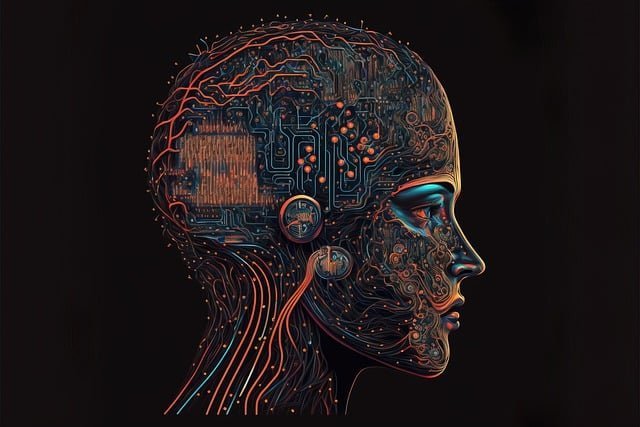AI Powered Platforms: These AI Sites That Could Surprise Users
AI powered platforms have revolutionized various industries, offering advanced capabilities and transforming the way businesses operate.
In the rapidly evolving landscape of artificial intelligence (AI), there are sites emerging that have the potential to significantly impact user experiences across various domains. These platforms harness the power of AI to innovate and disrupt established norms. Here, we’ll explore some of these groundbreaking AI sites and how they could potentially reshape the way we interact with technology.
The galaxy of AI tools has expanded in recent months. And the general public is starting to take hold of it. Overview of the most popular sites.
Artificial intelligence makes possible what was for a long time reserved for a privileged few: having your own personal assistant, a translator, a private teacher… But if ChatGPT is the best-known tool, other apps with multiple uses for the general public are making their appearance. Poe, QuillBot, Character.AI, Midjourney, Bard have seen their number of followers increase over the last few months.
However, many did not exist just a year ago. Of the 50 most visited generative AI sites, 80% are new, recalls the venture capital company Andreessen Horowitz in a recent study.
ChatGPT, Bard, Poe more and more general assistants
ChatGPT alone still captures more than half of the monthly traffic of the 50 most used AI sites. It has fewer than 200 million monthly active users, taking into account a decline this summer. The blow has died down a little while many alternatives have been created, most of them free. In total, more than 500 start-ups are working on generative AI in the broad sense. However, GPT-4 is currently the most advanced model. Before Google launched Gemini, at least.
Thus, Bard, Google’s chatbot, is in the top three of the most used generative AI sites – although well behind ChatGPT. “But it will be expected to take off with integration into Android phones. We could imagine that our SMS messages are offered by a robot, for example. Poe, for his part, has also recorded good growth: the innovation of the social network Quora is a kind of aggregator which provides access to several AI tools, notably ChatGPT.
Character.AI, Replika of virtual companions
In line with the remarkable breakthrough of Character.AI (read above), Replika allows you to create virtual companions. There is undoubtedly a niche in what we could call emotional deprivation. There are start-ups that are launching into the missing persons business, to recreate a deceased person virtually. At the same time, AI will make it much easier to communicate with “real” people. This is the case of HeyGen, which dubs voices in multiple languages. And we should see more and more tools integrated into the Microsoft office suite or into Apple to communicate in real time in several languages.
QuillBot, Midjourney writing assistance and image generation
Another niche: help with writing or generating images. Thus, QuillBot allows you to help write texts or correct yourself. In the same spirit as QuillBot or TextFX, I see new applications every week.
In image generation, Midjourney created a buzz by creating a front page in “The Economist”. Tomorrow, there will be a dose of AI in most sites and social networks, whether to generate content, images or videos.
Sources: The NewYork Times, Consultant4Companies, Reuters, PinterPandai, The Economist
Photo credit: DeltaWorks via Pixabay
What is Artificial Intelligence (AI)? some examples of use, how does it work?



